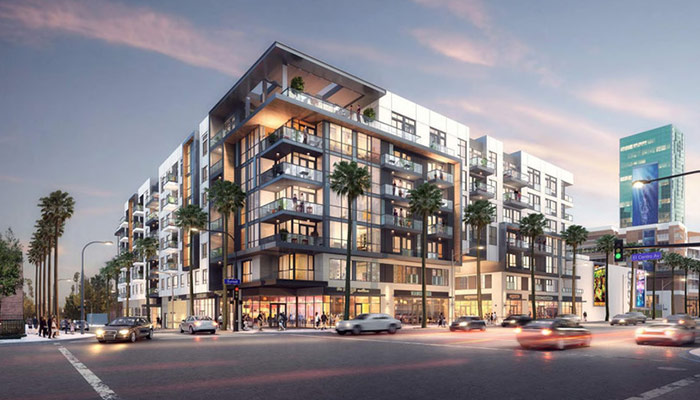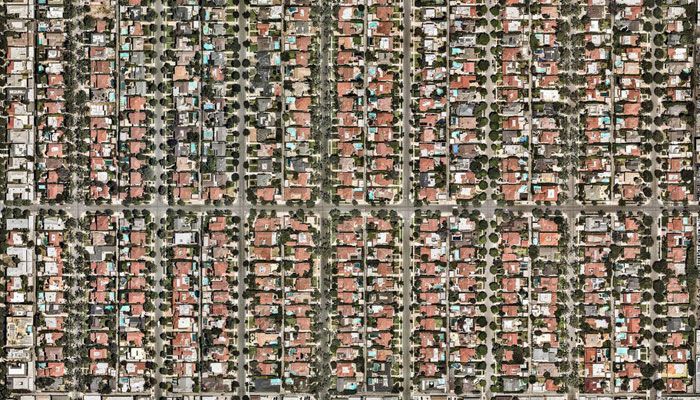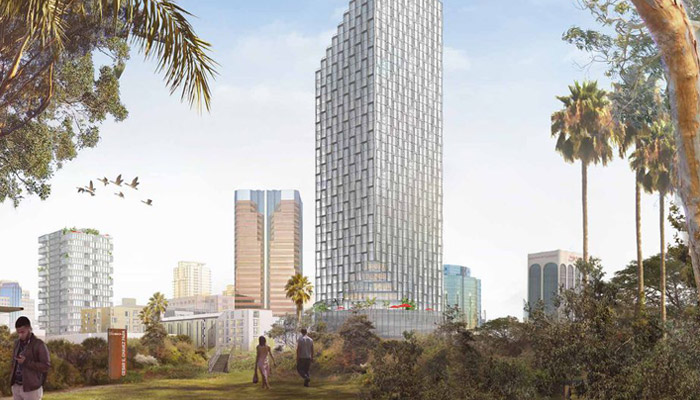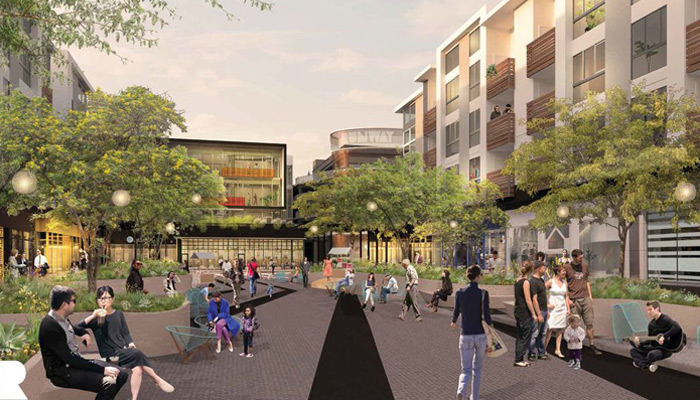
10/11/18 | Beverly Hills, CA - Celebrity & luxury real estate specialist Kofi Nartey has been accepted into Forbes Real Estate Council.
Forbes Real Estate Council is an invitation-only community for executives in real estate.
Kofi and his team – The Nartey Group at Compass – have a long-standing reputation for servicing the real estate needs of celebrity and luxury clientele.
Kofi was vetted and selected by a review committee based on the depth and diversity of his experience. Criteria for acceptance include a track record of successfully impacting business growth metrics, as well as personal and professional achievements and honors.
“We are honored to welcome Kofi into the community,” said Scott Gerber, founder of Forbes Councils, the collective that includes Forbes Real Estate Business Council. “Our mission with Forbes Councils is to bring together proven leaders from every industry, creating a curated, social capital-driven network that helps every member grow professionally and make an even greater impact on the business world.”
As an accepted member of the Council, Kofi has access to a variety of exclusive opportunities designed to help him reach peak professional influence. He will connect and collaborate with other respected local leaders in a private forum. He will also be invited to work with a professional editorial team to share his expert insights in original business articles on Forbes.com, and to contribute to published Q&A panels alongside other experts.
Finally, Kofi will benefit from exclusive access to vetted business service partners, membership-branded marketing collateral, and the high-touch support of the Forbes Councils member concierge team.
"I am excited to partner with the Forbes brand, and specifically with the Forbes Real Estate Council. Our goals include providing expert service and resources to our clients, while positively impacting the real estate industry. This council will be an integral part of that mission."
About Forbes Councils
Forbes Councils is a collective of invitation-only communities created in partnership with Forbes and the expert community builders who founded Young Entrepreneur Council (YEC). In Forbes Councils, exceptional business owners and leaders come together with the people and resources that can help them thrive.










